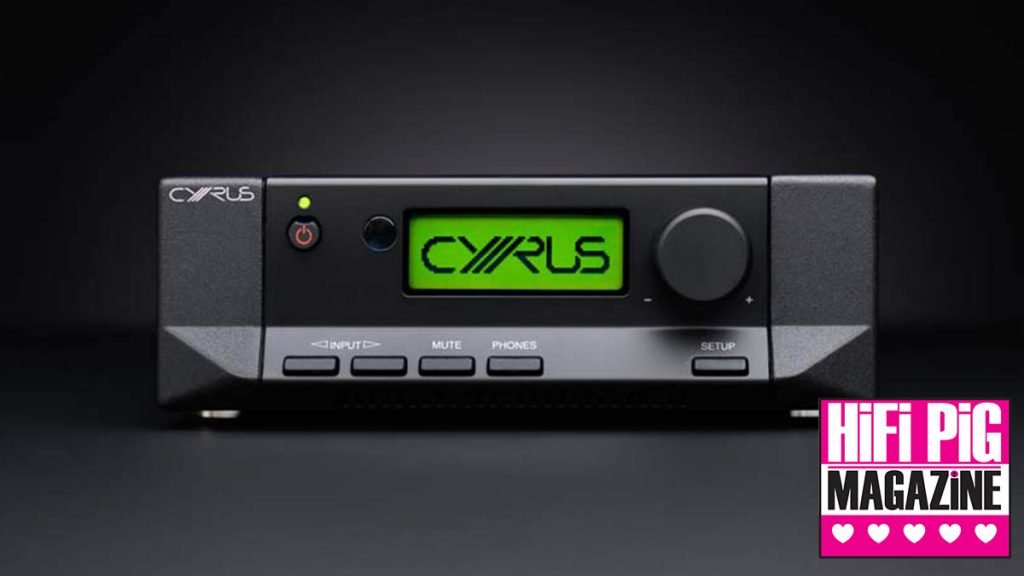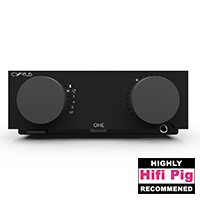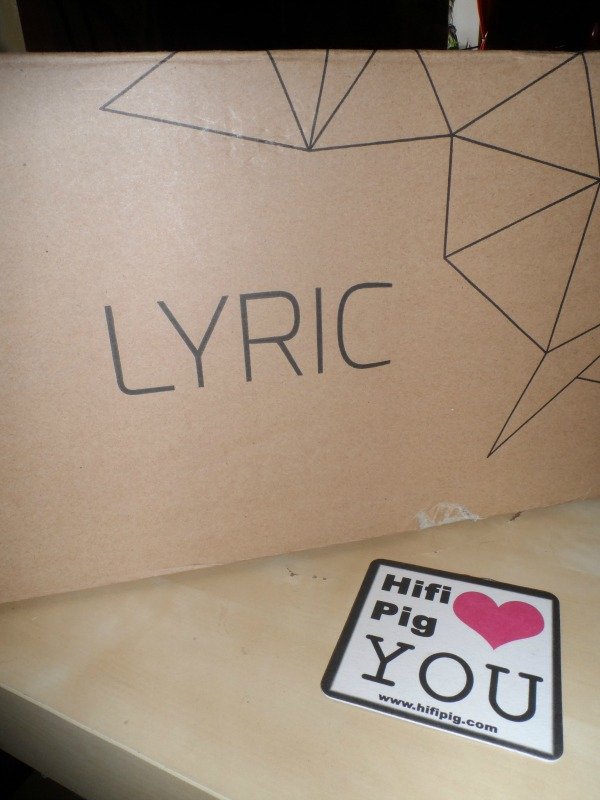CYRUS CLASSIC AMPLIFIER REVIEW
Chris Baillie takes a listen to the £1995 Cyrus Classic Amplifier with onboard DAC, MM phonostage, and a headphone amplifier.
When asked by Stu if I would like to review this amplifier, I was immediately taken back to my first encounter with the brand’s products as a fifteen-year-old, desperate for my first proper HiFi amp as an upgrade over my vintage receiver. It was to be the Cyrus One, from memory in Mk 2 form that I was to spend an enchanted hour or two with at my local HiFi store, comparing it with an alternative amplifier that the biggest and fattest HiFi magazine told me was the best thing since sliced bread. Regretfully, despite the Cyrus One sounding slightly better, I bought the alternative as I could not get around the fact it got a better review and that I might one day need its tone controls. Although there is an updated version of the Cyrus One amplifier, perhaps the Classic tested here shares more in common with the late 80’s range. The latest One and One HD models possess Class D power amp stages rather than the Class A/B of the Classic.
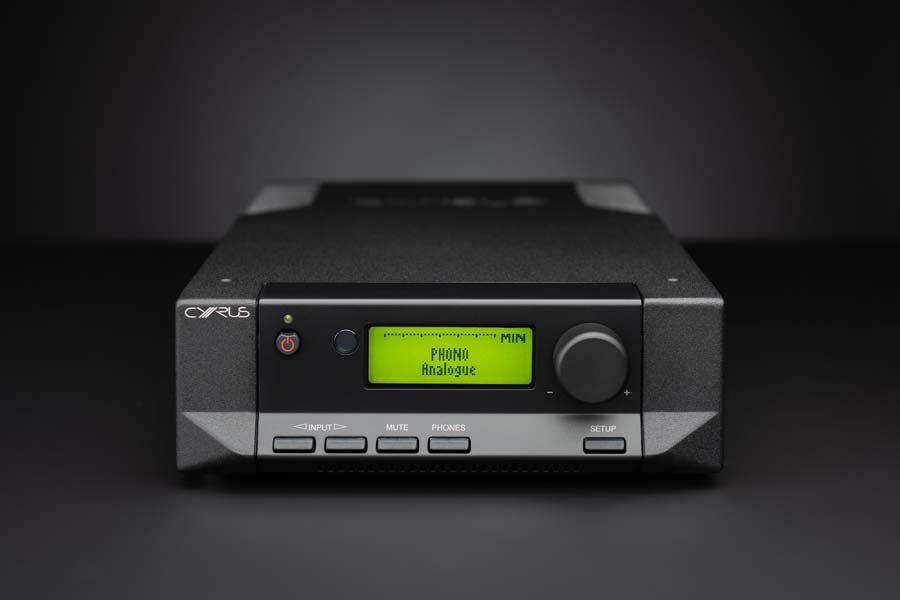
A simple layout that will be familiar to many
DESIGN, BUILD AND FEATURES OF CYRUS CLASSIC AMP
I recall the Cyrus casework being referred to as a shoebox, and I think of that as an affectionate term for describing the Classic amplifier tested here. Sitting centrally on the top of my Quadraspire rack, I think it looks cutely retro. Whilst the green screen is not particularly legible from across my room, after acclimatisation, I think it sets off the look of the amp rather well.
Cyrus believes building their electronics from non-ferrous metals gives a sonic advantage. The aluminium chassis feels well screwed together, and the amp feels satisfyingly solid. The four facia buttons feel positive and, although I personally enjoy using a larger volume control knob, the one fitted here has a positive movement and satisfying click. You can also depress it to confirm options in the setup menu.
The power output is rated at seventy watts per channel into 8ohms. Annoyingly the spec sheet quotes figures into 6ohms, which for the record is quoted as being 91w. Speaking of idiosyncrasies, whilst I was delighted to see the inclusion of a headphone stage, the 3.5mm socket is located right next to the mains socket and was awkward to access.
To the rear of the amp there are inputs for up to four analogue line-level sources and a MM phono-stage. Unfortunately, I was unable to test the latter, but I gather from others that Cyrus has a reputation for producing fine-sounding phono stages. The Classic does have an internal DAC, but inputs are limited to optical and coaxal, of which there are two sockets for each. I suppose the reason for the omission of a USB input is down to cost and the fact Cyrus offers alternative amplifiers in the i7-XR & i9-XR that possess higher spec DACs and include USB inputs. The DAC stage is limited to a resolution of 24/192 and does not process DSD files. I think this will cater for most users needs, especially as most popular streaming services top out at this resolution. I would suggest it is suitable for connecting a streamer, TV box and perhaps a Bluray or even CD player. Those with expensive servers will probably want to use a higher-end DAC anyway.
The remote, whilst built from lightweight plastic, is pretty standard fare for a product at this price point. Rather helpfully, the amp also responded to the remote for my Moon amp and vice versa. It has programming options for TVs, SAT boxes and other devices. I did like the way it lights up when moved.
HOW DOES THE CYRUS CLASSIC SOUND?
The Cyrus Classic replaced a far more expensive integrated amp in my system (Moon 600i) so it took me a little time to acclimatise myself to the sound and in particular the character of the Cyrus. I suspect the sample I was sent was factory fresh, so I began by feeding it from my TV box, watching both TV shows, music concerts and films. Feeding my Totem Forest Signature speakers gave a pleasant sound, perhaps a little more etched than my Moon amp, but an entertaining listen, none-the-less. Initially, my BT box was connected digitally to my Moon 780D for number crunching duties, but the Cyrus Classic’s internal DAC did a fine job in this role when I connected the optical output from the BT box directly to it. Despite my Moon DAC costing several thousand pounds, I felt there was a certain synergy between the digital and analogue stages of the Cyrus Classic that meant I was quick to appreciate its charms. Film soundtracks, in particular, sounded dynamic and expansive.
I began listening to music after a week or so, once I felt the amp had been given the chance to run in a little. It would take another week before the amp could show what it could do, initially sounding a little two-dimensional and lacking in the sense of spaciousness it demonstrated later in the review period. I have heard people say that the Cyrus sound is a little upfront. For sure, the back of its soundstage begins in line with the speakers and projects forward, but the sound I heard was sweet and pleasant and without any unnatural aggression. I would go as far as saying the midrange was pleasantly on the rich side of neutral. Suitably recorded music escaped the confines of my cabinets, especially to the front and beyond the left and right of the cabinets. I am used to a pacy and rhythmic sound, and I felt that the Cyrus kept up with most music pretty well, with one caveat we will discuss later. The music sounded a little leaner than I was used to but it was clean and detailed.
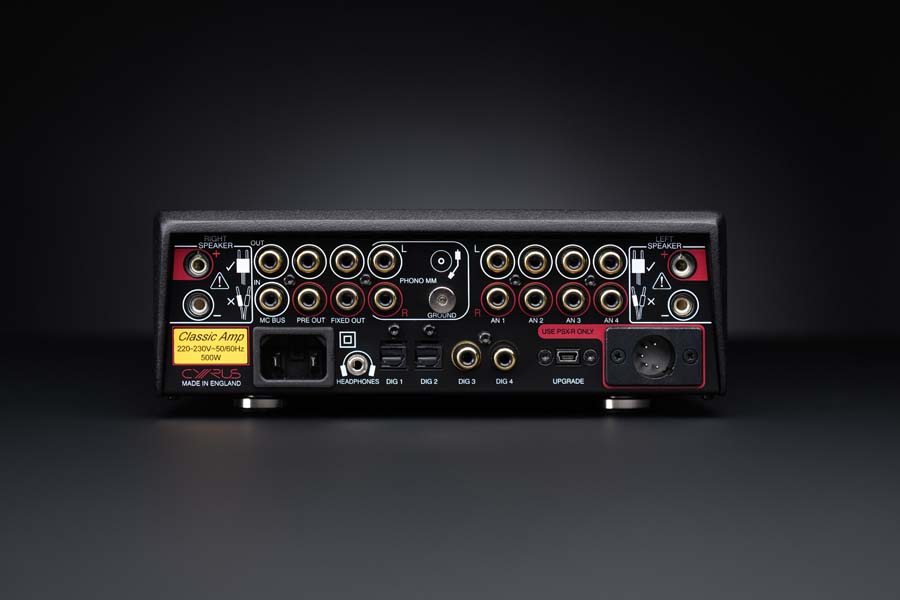
Around the back of the Classic.
I found it hard to get comfortable with how the amplifier delivered bass via my Totem Forest Signature speakers. It could certainly go deep, but it was less full than I personally like. I found I had to turn up the volume to enjoy the weight and fullness to satisfy my taste, but this sometimes resulted in the sound losing composure, especially with music that possessed strong and deep bass, such as Goldie’s Timeless album. A chat with Stu, the editor followed, and we decided I should try pairing it with different speakers. Although I felt the Cyrus Classic was a good tonal match for the Totems, they do need to be driven by an amplifier with a lot of current, despite their reasonable sensitivity rating of 87db.
I hooked up a pair of Monitor Audio GS10s and set up a system in a smaller room, fed with high-quality FLAC files via my Chord Hugo2/2Go DAC/Streamer. This system proved very enjoyable, with the Cyrus Classic allowing the music to free the cabinets of the GS10s. The bass output of the Cyrus Classic suited the GS10s well and was fast. The sound was open, which gave musicians room to breathe. Laura Marling’s Breathe – pardon the pun, sounded glorious and seductive. Get Innocuous from LCD Soundsystem’s Sound Of Silver was fast-paced and energetic. The Bay from Metronomy’s The English Riviera worked well, the Cyrus delivering punchy bass and keeping control of the music during its dynamic crescendo. The 24/192 version of Beck’s Paper Tiger, from his album Sea Change sounded gorgeous, the dynamic swings of the string section being extremely engaging. Whilst I would not say the Cyrus Classic exaggerated the faults of poor recordings, if the recording was brittle, the amplifier certainly told you that was the case – Red Hot Chilli Peppers and Tool fans take note. Conversely, if the recording was a little thick and congested, the balance of the Cyrus worked well and helped to open out the music.
I will now mention a surprising issue I initially encountered with the smaller setup. The Chord Hugo2 defaults to maximum volume output when outputting through its line-out sockets. This resulted in loud transient distortion. Reference to the manuals of both products revealed the Chord’s output was 3v, with the maximum input of the line stage of the Cyrus Classic being quoted as 2.5v. Such a value is reasonably common, and I have tended to turn down the volume on the Hugo2 to match other sources whenever I have previously connected it to an amp in this way. I am more than aware that overloading an input should be avoided as it can lead to a hardened sound and can squash dynamics, but I found the distortion unacceptable and so I suggest this is noted and you choose carefully with regard to the partnering kit.
I listened to the headphone stage with my HiFi Man Sundara headphones. The Artic Monkeys’ new album, The Car, sounded punchy and spacious, much as it did via the speaker outputs. Comparing the way the music sounded via my Chord Hugo2/2Go and my Mojo/Poly players helped me pinpoint what I feel is the Cyrus sound – slightly lighter in balance than much of the competition but fast and spacious, that places performers forward in the soundstage. Despite the poor location of the 3.5mm headphone output socket, the headphone output is far from an afterthought.
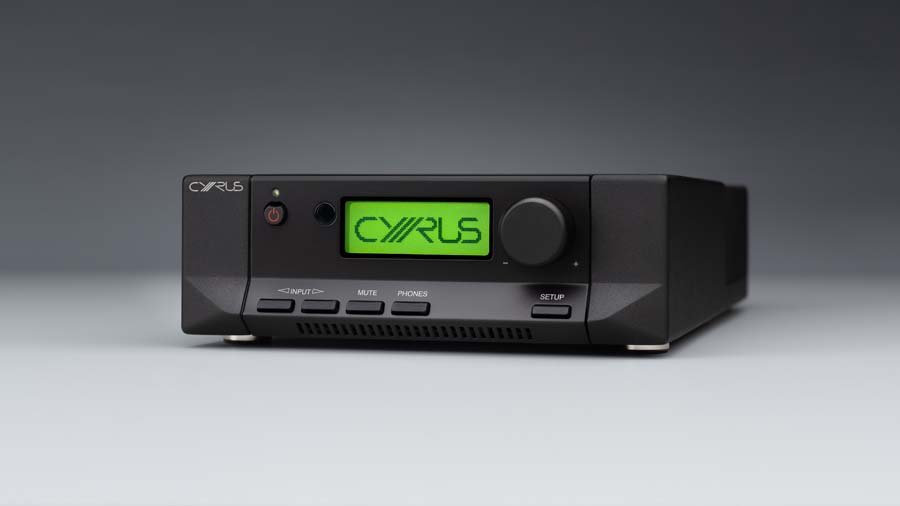
A different angle of the classic shoebox design
CONCLUSION
Although it caused a little head-scratching at first, I was pleased with the sound I obtained from the Cyrus Classic in the smaller setup.
I liked the retro looks, and the first thing my friend who loaned me the Monitor Audio speakers commented on was how attractive and well-built the amplifier was. Whilst I would personally seek a design that delivered the music with a little more authority and weight, this is a personal preference on my part and an objective when fine-tuning my system. The amplifier proved capable of making enjoyable music once set up in a complimentary system.
The size and form factor of a complete Cyrus system could prove a draw for many, providing a neat and musical solution for many who would otherwise avoid buying a multi-component HiFi system.
Audiophiles with components from other brands seeking a lean, fast, and spacious-sounding amplifier with flexible inputs, would do well to audition the Cyrus Classic.
I am awarding the Cyrus Classic amplifier our five hearts award, but this comes with the caveat that it should be sympathetically partnered with (specifically) speakers that are not too bright and forward themselves, and, if you choose to use an external DAC that it outputs at 2.5V.
AT A GLANCE
Build Quality:
Despite the lightweight plastic buttons and volume knob, the amp is suitably heavy and well put together
The form factor will suit some who cannot accommodate a full-sized separate system
Sound Quality:
Detailed, spacious, pacy and dynamic
Perhaps slightly lighter in balance than some of the competition
Value For Money:
I feel the amplifier is priced well in terms of both sound and build quality, decent headphone amp, a decent DAC and a reputable MM phono-stage
We Loved:
Pacy, dynamic and fast sound. Build quality. Quirky, retro design. Internal DAC compliments the sound of the analogue stage. Flexible range of inputs, including a phono stage. Fine sounding headphone stage
We Didn’t Love So Much:
Some may find the sound a little lean and lacking in bass power and weight. The location of the headphone socket is awkward. Users with high output sources may need to purchase input attenuators to prevent overloading the line-stage input.
Elevator Pitch Review: This amplifier is well built, well specified, offers unique looks and form factor, and can deliver enjoyable music to your home. As always, system matching and personal taste mean it is important to audition the amplifier as part of your intended system.
Price: £1995

Chris Baillie
SPECIFICATIONS
- 4 x Analogue line level inputs
- 1 x Phono MM input for vinyl turntable
- 2 x Coaxial digital inputs via RCA phono
- 2 x Optical digital inputs via Toslink
- Unbalanced preamplifier outputs
- Headphone output via 3.5mm jack
- PSX-R upgrade connection
- Firmware upgrade port
- Dimensions (WxHxD) 215 x 75 x 365mm
- Weight – 6.7kg
















































